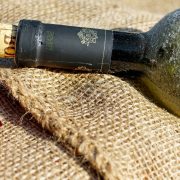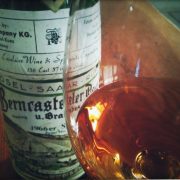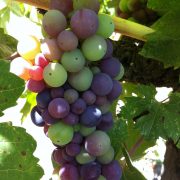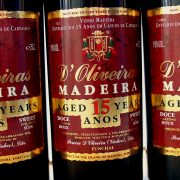A Guide to Drinking Old Wine – Part 4 – How Old Wine Tastes Different
There are few food products in the world that can age as long as wine and one must understand that there are molecular reactions happening inside the bottle.
Think of wine as a living organism- gaining complexity as it grows older, but losing strength.
The first thing you will notice is the color. Many red wines are purple when first made, turning red in the bottle. Older wine will start browning, becoming a brick color and eventually tawny. Red wines also fade as they age, and you might be able to see through the glass. Conversely, white wines become darker with age, approaching the color of whiskey.
The smell of the wine will also change drastically. Overall intensity is lost. The fresh fruit smell is replaced with dried fruit, and fresh flower and herb aromas become dried flower and herbs. This is known as the bouquet, and it only exists in older wines. New aromas will come out:
White wines will develop bottle aromas of nuts, honey and toast, while earth and tobacco become more prevalent in reds.
The most noticeable aspect, as far as taste is concerned, is that the wine will have lost intensity. Both body and tannin have fallen off. More of this was removed during decanting. The wine has becomes less broad and more linear. The finish is elongated and can last a minute or more. It is almost like the wine is being stretched out like an elastic band. All of the flavors have had decades to meld together and if all is well, the resulting wine should be close to seamless. Sweet wines will become less so. Most Champagne and fine sparkling wines are capable of aging, however they will lose their effervescence.
Not all bottles end up this way, of course. Some are ruined by heat, oxygen, the cork or poor storage. Tell-tale signs include rampant seepage, visible mold inside the bottle, a dark brown color or a rancid smell. If you notice any of these qualities, taste with extreme caution!








 MWT Vaccinated
MWT Vaccinated

